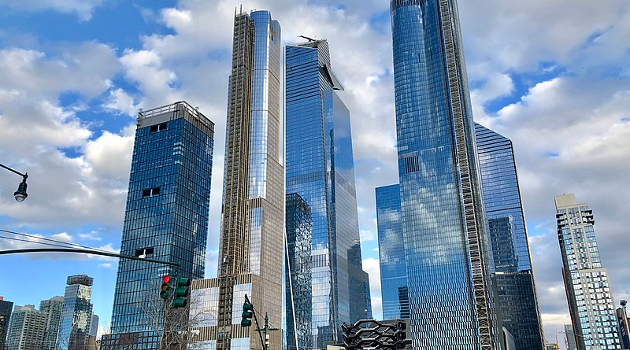Originally published by Morning Consult on July 10, 2019.
The EB-5 investor visa program is unique in that it both provides a magnet for foreign investment in the United States, and in that its participants create thousands of American jobs rather than potentially competing for them. Unfortunately, the program has been attacked in part because urban areas tend to get more investment than rural areas. But there are reform ideas on the table that will solve political obstacles to reauthorizing and strengthening the program.
The benefits of EB-5 are difficult to dispute. One recent study found $11 billion in capital investment thanks to EB-5 over a period of just two years, supporting over 355,000 jobs. Major developments like New York City’s Hudson Yard wouldn’t exist without EB-5, and other infrastructure improvements would be more costly to taxpayers. Most importantly, policies that attract foreign investment are key to maintaining U.S. economic dominance over competitors.
But EB-5 faces several challenges. Some are bureaucratic, such as the large backlogs that create long waits before visa-seekers can even put in an application, after which they must wait again for them to be processed, and then again after they apply to remove provisional conditions. But the major obstacles are political. Some nativists oppose all immigration, even when it is merit-based and so demonstrably beneficial to the United States. On EB-5, they’ve joined forced with representatives who want their rural districts to get a larger slice of the pie.
The good news is that a consensus solution capable of satisfying all parties, minus the intractable nativists, has been reached.
The Chamber of Commerce quarterbacked a letter signed by a number of business interests, including the American Hotel & Lodging Association, the EB-5 Investment Coalition, and Rural Alliance, addressed to the leadership of the House and Senate Judiciary Committees and making the case for “a uniform set of principles to strengthen and reform the EB-5 Regional Center program before it expires on September 30, 2019.”
The groups urge a six-year reauthorization of the program, which would be an important improvement over the status quo. Short-term authorizations and constant political attacks on the program create uncertainty that suppresses investment and increases the difficulty of projects raising the capital they need. That’s why enacting reforms combined with a longer reauthorization will lead to massive investment in the U.S. and new job creation.
The Chamber of Commerce group makes the case for investment requirements of $800,000 for a rural zone and $900,000 for an urban zone not located in an area designated as a targeted employment zone. They also craft a politically savvy solution to the backlog problem, including a one-time “backlog reduction fee” to serve as a reset, that can both unclog the waiting lists and provide a source of revenue for additional priorities.
To help prevent backlogs from developing again, families of petitioners should no longer be counted toward the already relatively small EB-5 visa cap, which is how Congress intended it to function in the first place.
The bottom line is that Congress needs to act before the EB-5 program expires at the end of the fiscal year, September 30, 2019. And they can simply reference the set of principles and consensus reforms provided by a broad range of industry participants to help end the political impasse.
———
Image credit: Chris6d | CC BY-SA 4.0.

